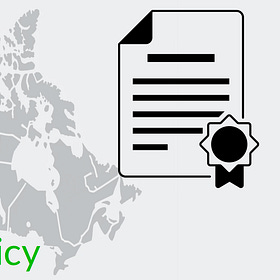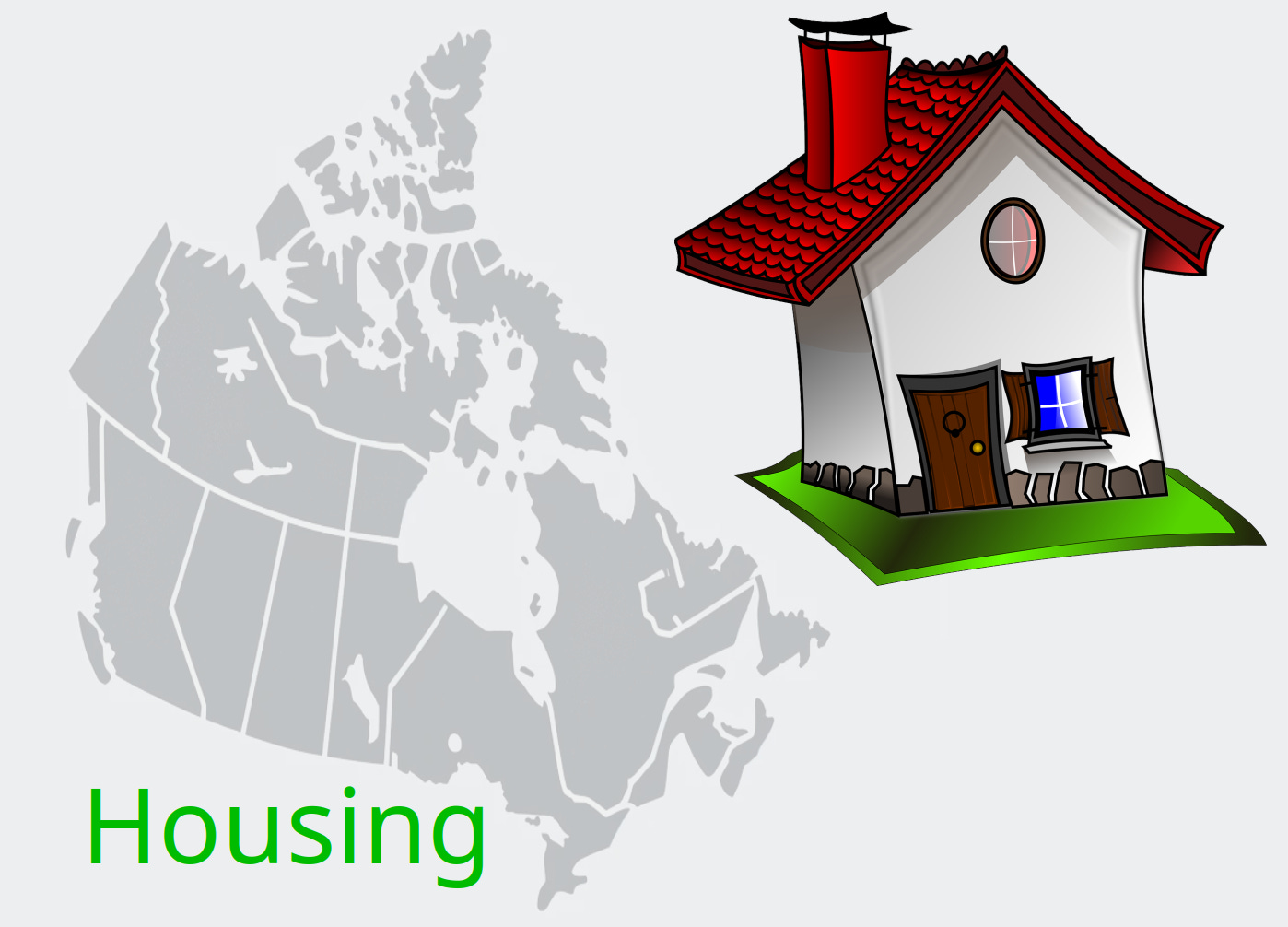How Stable Are Canada's Commercial Lending Institutions?
In the not too distant past, Canada’s banking system was widely admired for its stability. While things aren’t necessarily quite so happy these days, the industry as a whole currently contributes around 3.5 percent of our national GDP. I thought I’d take a quick look at how secure our wealth and property really are in the hands of modern Canadian financial institutions. In particular, I’m curious about how the system is holding up in the context of an extremely volatile mortgage sector.
Just to get it out of the way, up to $100,000 in individual deposit accounts (along with some investment accounts) in federally-regulated institutions are protected by the Canada Deposit Insurance Corporation (CDIC). Deposits in some provincially-regulated credit unions are protected for up to $250,000. The CDIC is funded by member premiums and not the government and, through its history, has never failed.
But how about mortgage lenders? It would be impossible to intelligently discuss our own mortgage market without first explaining how things work in the U.S. Fannie Mae and Freddie Mac are U.S. government-sponsored enterprises (GSEs) that exist to provide liquidity, stability, and affordability to the mortgage market. Between them, Fannie Mae and Freddie Mac own or guarantee about half of the U.S.’s $12 trillion mortgage market.
The idea is that the two enterprises purchase mortgages from lending institutions, pool them into mortgage-backed securities (MBS), and sell these securities to investors. In theory, this will free up capital for lenders to issue more mortgages while also guaranteeing the security of existing loans.
For anyone old enough to remember the housing crash of 2008, that theory doesn’t always work. After Fanny and Freddie tolerated - and facilitated - truly awful loan assessment practices in the banking industry, around $440 billion of government funds were used to bail out the impacted financial institutions. Even though most of that money was eventually repaid, the global economy was deeply damaged.
One consequence of that disaster was the U.S. government imposing conservatorship over Fanny and Freddie. But, even though there’s now talk about loosening those regulatory reigns, there’s still an assumption that the government will always be there to prevent a future collapse, no matter what the cost. You may be interested in reading this piece on who stands to benefit from such an arrangement…and who stands to lose.
Ok. So how does all that work here in Canada? The closest we have to a Fanny or Freddie is the Canada Mortgage and Housing Corporation (CMHC). Its mission is to maintain mortgage liquidity and promote affordable housing to stabilize our housing market. CMHC facilitates the securitization of mortgages into National Housing Act Mortgage-Backed Securities (NHA MBS). CMHC also insures mortgages against default - which is funded through a one-time buyer premium at the time of purchase. In 2024, only 25 percent of all mortgages were insured, and only half of those (worth around $287.5 billion) were insured by CMHC.1
In those details, CMHC shares overlapping goals with Fanny and Freddie. But could the U.S. exposure to high-risk subprime mortgages be replicated with CMHC? Back in 2008, Canadian banking standards were far too strict to allow that kind of liability. But have things changed?
In some ways, mortgage eligibility rules - including tougher stress tests and refinancing loan-to-value maximums - have tightened considerably since 2008. But the world is a different place in 2025. We’re now facing - or at least we’re now aware of - whole new classes of threats, including:
Shockingly weak income verification practices
Significant market exposure to foreign organized crime money laundering
A housing bubble (partially inflated by CMHC “easy money”) that seems to be in the first stages of serious deflation
Economic shocks and spiking unemployment
All of those together could easily contribute to a very painful market crash - even if widespread institutional defaults are relatively unlikely. In a worst case scenario involving a deepening trade war and persistent seven percent unemployment, we could see serious systemic problems in the mortgage sector.
Buckle up.
You might also like:
Solving Canada's Housing Crisis
Our housing crisis has been growing for decades, but recent years have driven things to a whole new level of dysfunction.
The Hidden and Tragic Costs of Housing and Immigration Policies
We've discussed the housing crisis before. That would include the destabilizing combination of housing availability - in particular a weak supply of new construction - and the immigration-driven population growth.





The CMHC insurance layer is a fascinating distinction from the US system. While it transfers risk from lenders to taxpayers, it does create a buffer that likely contributes to Canada's banking stability. The comparison between chartered banks and second-tier institutions is particularly relevant given how trust companies evolved. One wonders if the current mortgage company sector will follow a similar consolidation path as regulatery pressures increase. Strong analysis of the systemic differences!
There was a time, there was a time ...
Not too many decades ago we had chartered banks and then we also had second level of institutions, the national trust companies that acted much like the banks. The banks were (still are) very regulated but the regulatory leash was looser for the trust companies. Ultimately, many of the national trust companies essentially went broke and/or were absorbed by other institutions, often the banks. Just as a f'r instance, one of my employees had dealt with Royal Trust for many years and she then woke up one day to find that she was dealing (same branch, staff, etc.) with the Royal Bank. It turned out that RT had burned up it's equity and RBC stepped in and saved the "Royal" name.
My point is that the second level financial institutions essentially disappeared into the big banks or simply went bust. Clearly, independent trust companies do remain in Canada but they are, as a rule, pretty nominal enterprises.
So ....
That leaves me with what I now consider the second tier financial institutions, mortgage companies. As with the old trust companies, it seems to me that the regulatory leash on these entities is less than with the banks and that leads me to speculate that they also might at some future point hit the wall. Not necessarily as a group but with some individual spectacular flame outs.